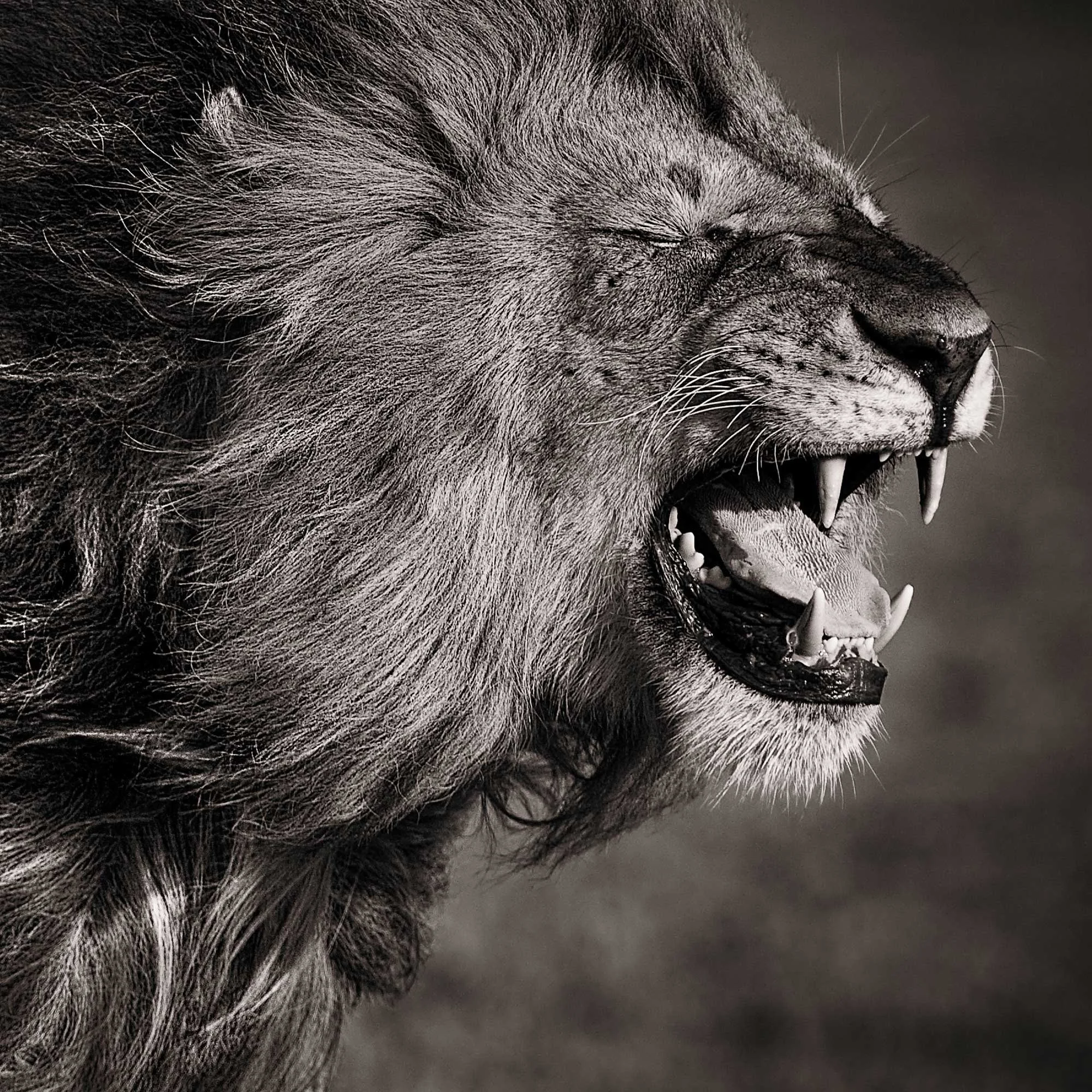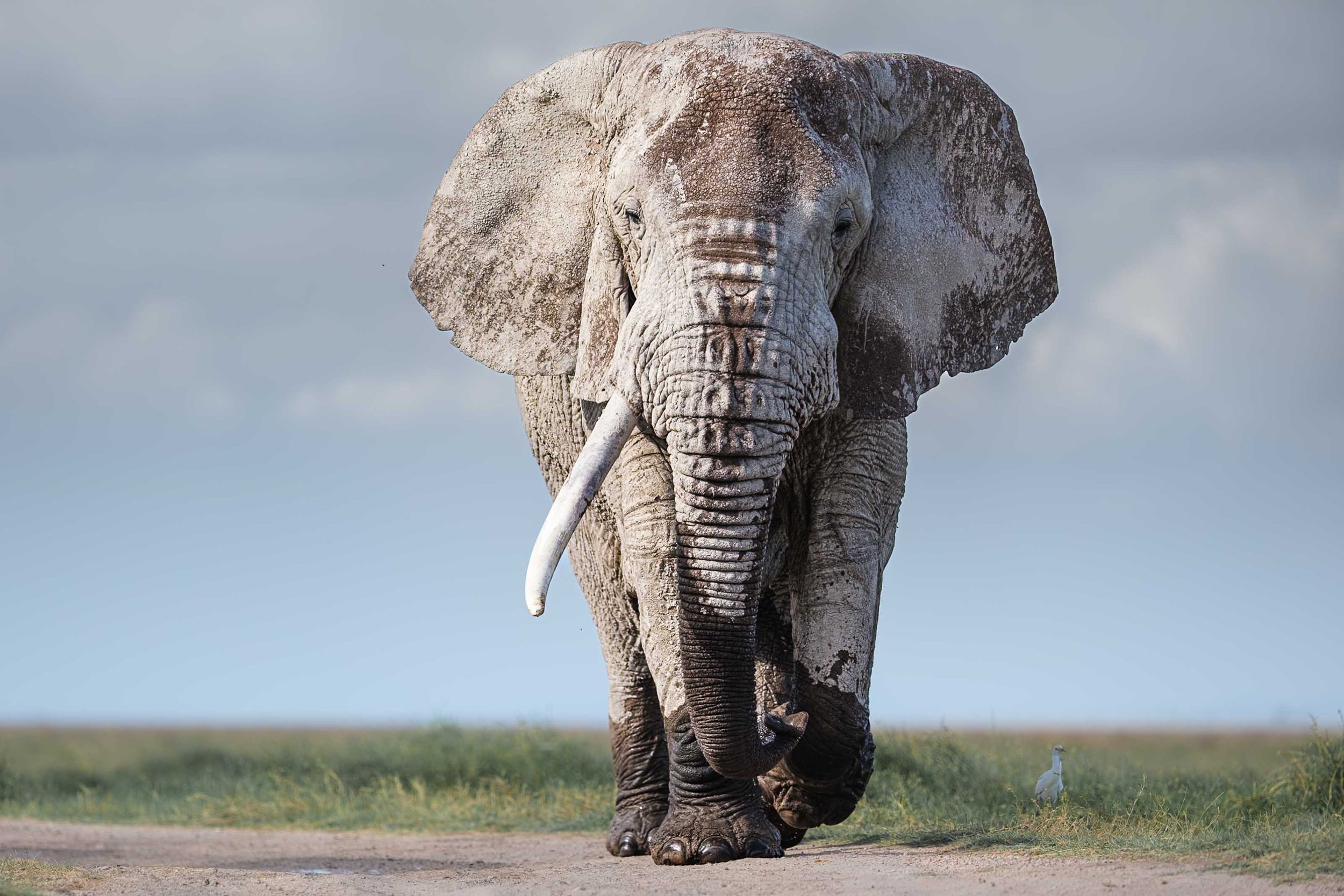The Art Of Cheetah Photography In The Wilds Of Africa
There’s something about the cheetah that makes it an extraordinary subject for wildlife photography. They move differently from the other big cats in Africa; they are light on their feet, calm and careful, and elegant. They are such interesting animals to spend time with and to photograph.
They don’t roar or charge about like lions; they sit quietly, scan the horizon, and suddenly burst into action. When you’re lucky enough to witness that, it stays with you.
Photographing cheetahs
Over the years, I’ve spent countless hours in the field tracking and photographing cheetahs across Kenya and other parts of Africa, often in challenging conditions, but always with immense respect for the animal.
Here, I’m sharing some of my cheetah photos, some of which are available as fine art prints, and are featured in my wildlife photography books - All Eyes Speak One Language and its predecessor, As Long As There Are Animals.
As you can see from my cheetah prints and photographs, this animal can look captivating in colour and in black and white.
The world’s fastest land mammal
As the world’s fastest land mammal, the cheetah presents both opportunity for wildlife photographers and difficulty in equal measure. Unlike lions or leopards, cheetahs are typically more solitary and skittish.
As a wildlife photographer and conservationist, I find myself drawn to telling their story and spotlighting these incredible wild animals in my photography.
Facts about cheetahs
Unique features
Cheetahs are renowned for their incredible speed, capable of reaching up to 70 mph (110 kph) in just three seconds, making them the fastest land animals on Earth. Their unique adaptations, such as a lightweight frame, long legs, semi-retractable claws, and a long tail for balance, enable these bursts of speed.
Speed isn't their only remarkable trait, though. Their distinctive black "tear marks" that run from the inner corners of their eyes down to the sides of their mouths help reduce sun glare and sharpen their focus during daytime hunts, when they are most active.
Cheetahs also have spotted skin, not just fur - a rare trait among cats. Their coats are dotted with small, solid black spots that provide camouflage among tall grasses and scrub. Each cheetah’s spot pattern is unique.
Threats to the African cheetah population
Despite their prowess, cheetahs face numerous threats, including habitat loss, human-wildlife conflict, and illegal wildlife trade.
Sadly, the cheetah is Africa’s most endangered big cat. With fewer than 7,000 individuals remaining in the wild across all of Africa, their survival truly hangs in the balance.
For every six cubs a cheetah might mother, only an average of one or two will achieve adulthood.
Diet
Diet-wise, cheetahs are carnivores that prefer small to medium-sized prey. In the wild, they commonly hunt gazelles, impalas, hares, and young wildebeest, using their extraordinary speed to launch short, explosive chases to bring down their prey. These chases typically last less than a minute.
Unlike other big cats, cheetahs rarely scavenge and don’t usually return to a kill once it’s been disturbed.
Cheetah photography
Good cheetah photography is often the result of patience, planning and a bit of luck. You don’t always find them where you expect, and when you do, their behaviour can change in an instant.
When I set out to capture a compelling cheetah photo, I’m not just looking for movement. I’m watching for tension: the twitch of a tail, the locked gaze on a distant gazelle, the shifting of muscles beneath that golden, spotted coat.
Tips for a cheetah photoshoot in the wild
Here are a few of the things I’ve learned over the many years I’ve spent in the field photographing cheetahs. If you’re an aspiring wildlife photographer planning a cheetah photoshoot on safari in Africa, I hope these are useful:
1. Use longer focal lengths wisely
A cheetah may tolerate a safari vehicle at a respectful distance, but it’s crucial not to intrude. A 400mm or 600mm lens allows you to stay back while still filling the frame and capturing expression and detail.
Please do NOT do what these safari guides were doing and surround the cheetah. Always choose a reputable safari company that prioritises the well-being and safety of the animals. For example, discover my ethical photo safaris and wildlife tours.
Unfortunately, as shown in the image below, I have also seen cheetahs (and other animals) in the Maasai Mara surrounded by safari vehicles. I have also witnessed occasions where they approach safari vehicles, getting far too close for comfort and their safety.
2. Anticipate, don’t chase
Cheetahs are diurnal, often active during the day. If you spot one resting on a termite mound or scanning the savannah, be ready. Position yourself in the direction it’s likely to go. Always let the story come to you rather than chase cheetahs, or any animals for that matter.
3. Look for context, not just action
A cheetah mid-sprint is spectacular, but don’t underestimate the power of a calm portrait, especially when you can incorporate the environment. Their delicate, long-legged build and amber eyes stand out beautifully against dry grass and expansive skies.
4. Embrace simplicity
My most striking cheetah prints often feature minimal backgrounds and clean compositions that allow the animal’s grace to speak for itself. In my view, less clutter makes for a more impactful cheetah photograph.
Cheetahs in print
I’ve been lucky to photograph cheetahs in a variety of conditions: mid-hunt and at rest. Years of working with guides and trackers in Africa have taught me not just where to look, but how to wait.
My cheetah photographs were captured in the open plains of Kenya, where cheetahs can sometimes be seen perched on termite mounds and climbing trees, surveying the land, or on the ground playing with their cubs.
Explore the cheetah photography collection
Browse my full range of cheetah photography prints. Each image is available in a range of fine art sizes and finishes, and worldwide shipping is available.
Whether you’re an aspiring wildlife and cheetah photographer yourself or simply a wildlife enthusiast, if you’re looking for a meaningful piece of wall art for your home or workspace, I hope you’ll find a cheetah photograph in my fine art print collection that appeals.
Related: The Ultimate Guide to Fine Art Wildlife Prints by David Lloyd
Honouring cheetahs on International Cheetah Day
Every year on December 4th, the world celebrates International Cheetah Day. This is a day, organised by the Cheetah Conservation Fund, that is dedicated to raising awareness about the plight of the cheetah and the urgent need for conservation efforts.
International Cheetah Day serves as a reminder of the importance of preserving this iconic species. By supporting conservation initiatives, spreading awareness, and appreciating the beauty of cheetahs through art and photography, we can contribute to their continued existence in the wild.
David



